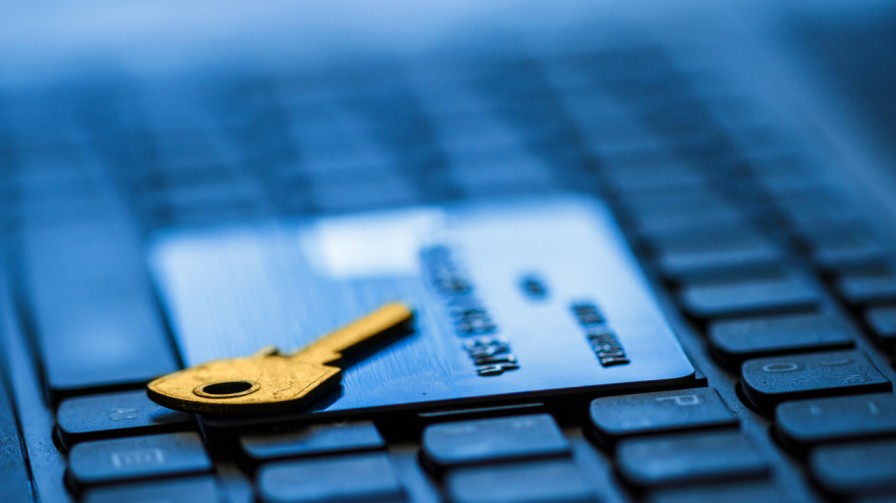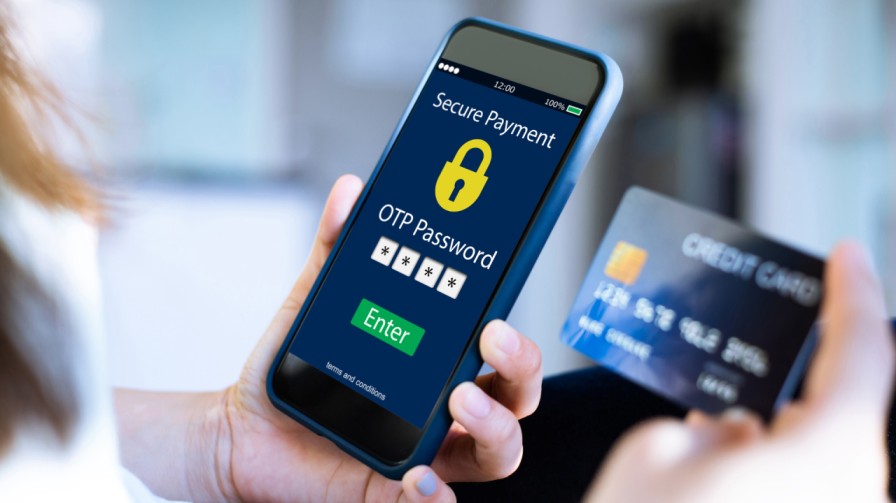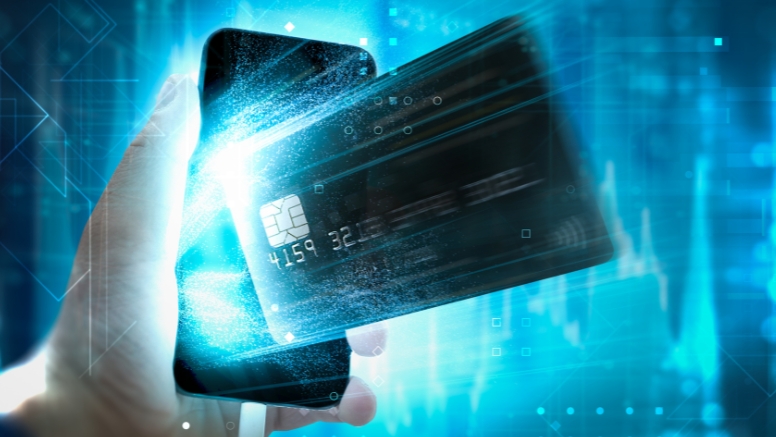
The shift towards a cashless economy has accelerated the adoption of digital payments, but it has also opened doors to growing cyber threats. Payment fraud, data breaches, and phishing attacks are on the rise, making it critical for organizations to protect their payment infrastructure. In 2023, global losses due to digital payment fraud amounted to $32 billion, highlighting the need for enhanced security measures. For Cybersecurity, GRC, and Compliance professionals, ensuring payment security and minimizing risks is a top priority. This blog highlights key payment threats and how organizations can mitigate them effectively.
Key Threats in Digital Payments
- Phishing Attacks: Fraudsters impersonate banks or payment service providers to steal card details, OTPs, or login credentials, resulting in unauthorized transactions and financial losses. Phishing attacks have become increasingly sophisticated, with a 25% increase in mobile payment fraud incidents involving phishing in 2024.
- Payment Card Fraud: Attackers exploit Point-of-Sale (POS) machines or unprotected e-commerce platforms to steal card details, resulting in financial losses and compromised customer data. Credit card fraud accounted for 50% of total payment fraud losses in 2023.
- Account Takeover (ATO): Cybercriminals use stolen credentials or social engineering to gain access to payment accounts, allowing them to initiate unauthorized transactions or lock genuine users out. ATO fraud rose by 22% in 2024 as cybercriminals increasingly targeted digital wallets and payment apps.
- Fake Payment Links and QR Codes: Fraudsters trick users into making payments through fake links or QR codes, resulting in financial losses and fraud. In India, UPI-related fraud alone accounted for 47.3% of financial fraud in 2023.
- Ransomware Attacks on Payment Infrastructure: Cybercriminals target payment service providers or financial institutions with ransomware, disrupting operations and demanding hefty ransom fees. In India, digital fraud cases have led to significant financial losses, with over Rs 733 crore lost between FY 2014-15 and FY 2024-25.
How Cybersecurity and Compliance Can Mitigate Risks
- Multi-Factor Authentication (MFA): Implementing MFA adds an extra layer of security by requiring users to authenticate through multiple methods, reducing the risk of unauthorized access. However, with the rise of phishing-as-a-service (PhaaS) kits, attackers are evolving to steal MFA codes.
- PCI DSS Compliance for Payment Security: Organizations handling card transactions must comply with Payment Card Industry Data Security Standards (PCI DSS) to encrypt and protect payment data, minimizing the risk of payment fraud. PCI DSS compliance signals to consumers that companies take data privacy seriously, enhancing customer trust.
- Real-Time Fraud Detection: Investing in AI-powered fraud detection systems can help monitor transactions in real-time, instantly flagging suspicious activities to prevent financial losses. This technology has been shown to reduce unauthorized transactions significantly.
- Employee and Customer Awareness: Continuous training for employees and customers on phishing, fraudulent links, and secure payment practices can significantly reduce fraud cases. User education programs focusing on phishing prevention have been particularly effective.
- Regular Security Audits and Penetration Testing: Conducting regular security audits and penetration tests helps identify vulnerabilities in payment systems, ensuring a robust defense against cyber threats.
The Role of GRC (Governance, Risk, and Compliance)
Implementing strong GRC practices is crucial for securing digital payments. Compliance frameworks like PCI DSS, GDPR, and RBI guidelines set clear standards for protecting payment data, reducing fraud, and ensuring business continuity. Benefits of strong GRC practices include:
- Avoid Regulatory Fines and Penalties: Compliance with regulatory standards helps avoid costly fines and penalties.
- Protect Customer Payment Data: Secure data handling builds trust and protects sensitive customer information.
- Boost Brand Credibility and Trust: Compliance enhances brand reputation and customer confidence.
- Minimize Financial and Operational Losses: Effective GRC practices reduce the risk of financial losses and operational disruptions.
Take Action Today :
- Assess Your Security Posture: Conduct a comprehensive security audit to identify vulnerabilities in your payment infrastructure.
- Implement Robust Security Measures: Adopt multi-factor authentication, ensure PCI DSS compliance, and invest in AI-powered fraud detection systems.
- Stay Informed: Stay updated with the latest cybersecurity trends and compliance regulations to ensure your organization remains ahead of emerging threats.
- Consult with Experts: Reach out to cybersecurity specialists for personalized advice on enhancing your digital payment security.
By taking these steps, you can safeguard your digital payment systems and foster a secure financial ecosystem for your customers.

 +91 9594449393
+91 9594449393 +1 4847906355
+1 4847906355 +63 9208320598
+63 9208320598 +44 1519470017
+44 1519470017 +84 908370948
+84 908370948 +7 9639173485
+7 9639173485 +62 81808037776
+62 81808037776 +90 5441016383
+90 5441016383 +66 993367171
+66 993367171 +254 725235855
+254 725235855 +256 707194495
+256 707194495 +46 700548490
+46 700548490

